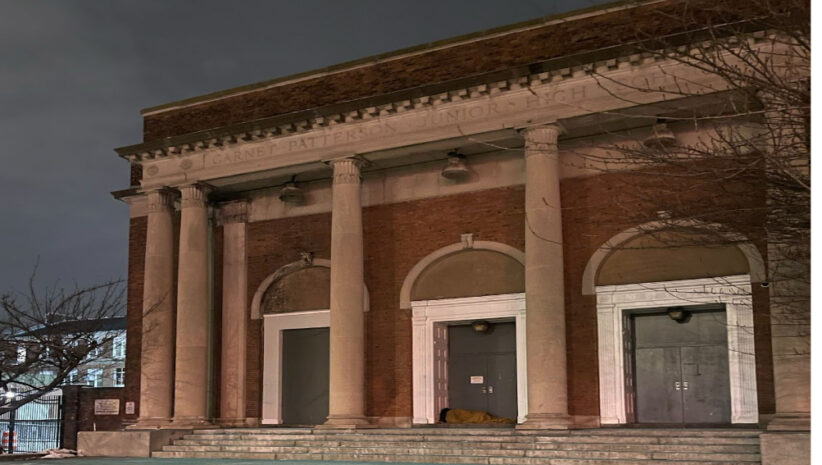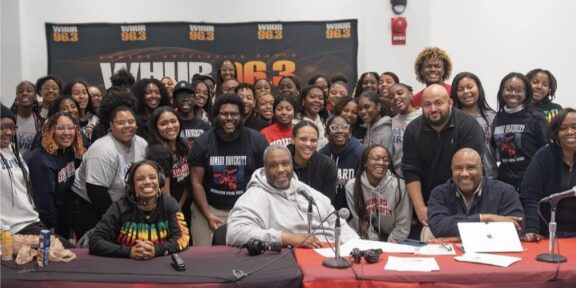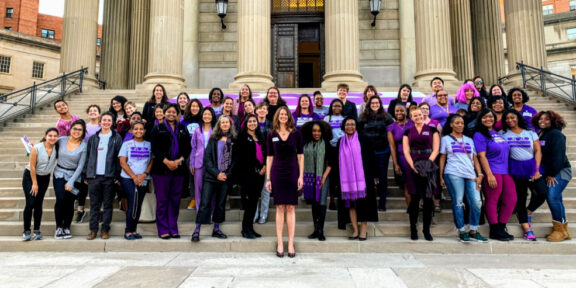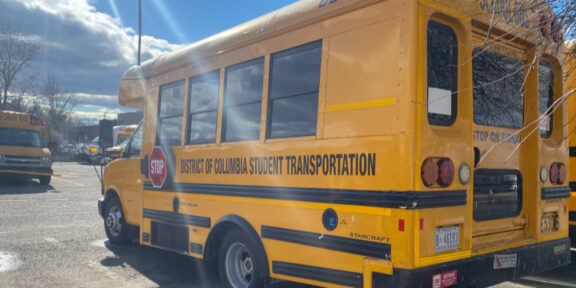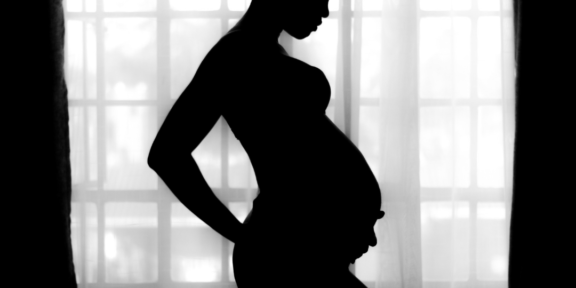By Autumn Coleman
Since the beginning of the year, hazardous weather conditions have impacted Washington, D.C., and its surrounding areas. Intense flooding and cold weather challenged many residents, especially the unhoused population.
For the unhoused residents of D.C., any form of inclement weather poses life-threatening realities, according to the National Coalition for the Homeless.
Shelters across D.C. worked in tandem during the winter season to provide shelter from dangerous weather conditions that are common during the beginning of the year.
Unhoused people lack other options. Those who resort to sleeping in encampments face the risk of hypothermia, which can lead to death.
“Anybody can come in from the street, but they don’t get housing because they’re not the residents,” said Timothy Spencer, an employee at Adam’s Place Emergency Shelter. “We do allow them to sit here to keep warm and from being down in the elements.”
In 2023, it was reported that D.C. had 4,922 people experiencing homelessness, an increase of over 500 people from 2022.
The United Planning Organization (UPO) offers many services for families in Washington, D.C., facing poverty and homelessness. Their initiative, “Socking It to Winter,” provides comfort items like socks to protect the homeless during extreme cold weather.
The organization specifically requests donations of white socks, as they aid medical professionals in identifying signs of infection and frostbite in those exposed to the elements.
“Socks are the number one requested item but one of the least donated,” said Navella Brown-White, the program’s coordinator. “We aren’t even the only organization with a white sock drive because that’s how needed they are for all kinds of people in need,” she said.
Many find shelter from the elements in local encampments with coverings from rain and other harsh weather conditions, according to the office of the Deputy Mayor for Health and Human Services.
However, many of these encampments have been cleared out due to a pilot program started in 2021 by the office of Mayor Muriel Bowser.
“Being outside when it’s cold is terrible, but I don’t have anywhere else to go,” said Delaney Roberts, a homeless resident of Washington, D.C. “There’s centers and programs and everything, but they aren’t always good; I’d rather just be here.”
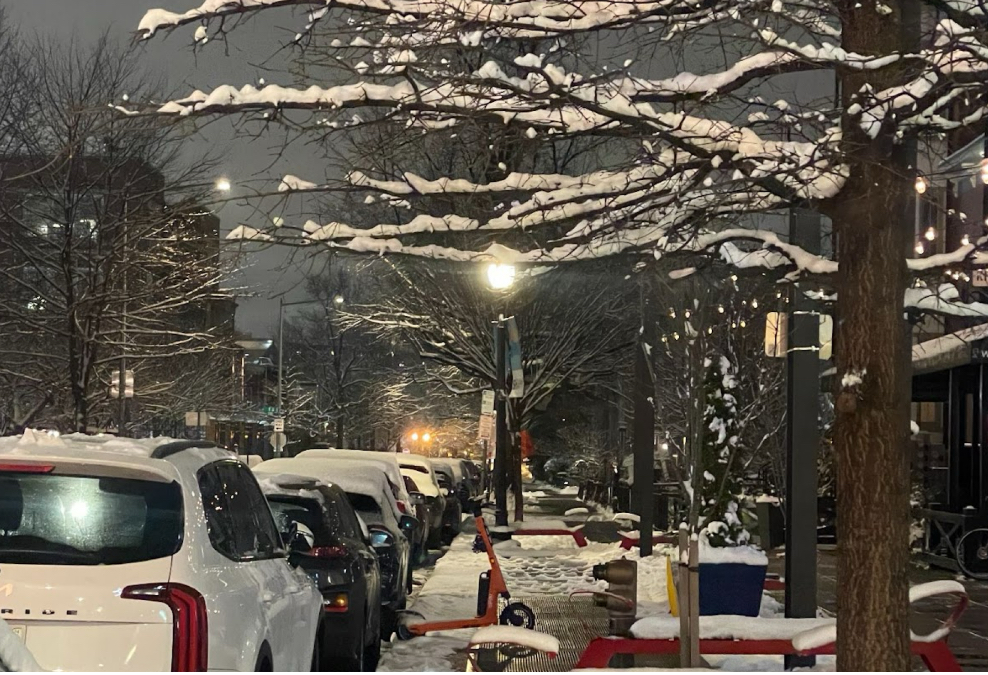
Snow covers a street in Washington, D.C., as the city experiences winter weather. Homelessness advocates say these conditions are a hazard to the unhoused, who seek shelter and warmth on the icy streets/ (Autumn Coleman, HU News Service)
The District’s pilot program aims to clear the sites but not before connecting residents to suitable housing. Once encampments are cleared, temporary housing in these areas will no longer be allowed.
Advocacy groups for the homeless report that the program only connected about half of residents to suitable housing.
Currently, D.C. provides transportation to the unhoused population. The service is available 24 hours daily and is reachable through the shelter hotline, according to the DC Department of Human Services.
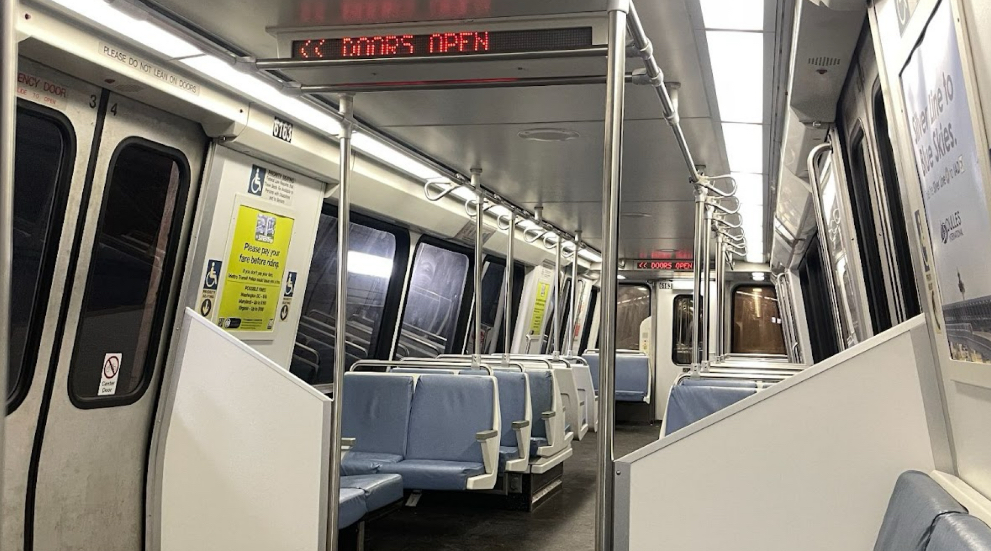
A D.C. metro red line train car runs empty on a Thursday night. Public places such as these have become temporary shelters for unhoused residents due to life-threatening conditions. (Autumn Coleman, HU News Service)
“There’s only three of us working this hotline,” said Laverne Smith, an employee for the Department of Human Services’s homeless hotline who declined to give her last name. “The number of calls vary daily for transportation services for the homeless in the weather.”

